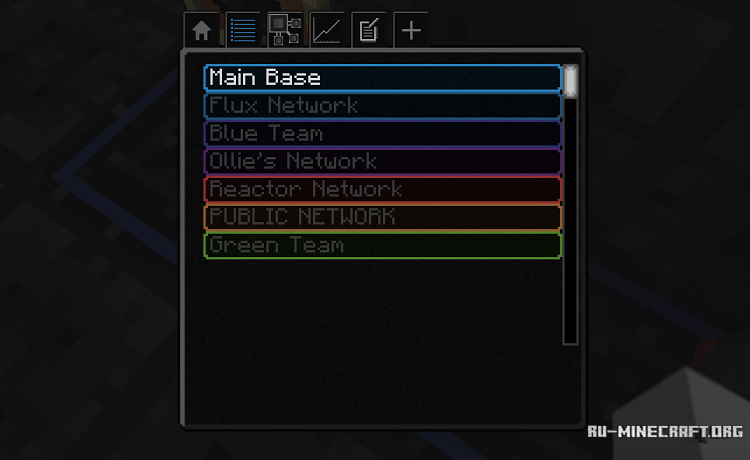

The native asset of the Flux ecosystem is “FLUX”, available on the Flux blockchain and across several other leading chains. Alternatively, users could contribute to the Flux ecosystem by running network nodes or mining. For example, users could choose to interact with or build permissionless dApps. Also, as an open-source, public blockchain, anyone around the world can participate and contribute to the Flux network. Further, developers can take advantage of the Flux toolkit providing minimal development requirements for deploying dApps. Moreover, developers can apply and receive funding for building dApps on Flux with the Flux labs grants scheme. The Flux ecosystem allows developers to build decentralized applications (dApps) with flexibility over design. Plus, Flux hosts its own multi-asset crypto wallet, ZelCore, and has its own governing decentralized autonomous organization (DAO), XDAO. In short, the Flux ecosystem consists of the Flux blockchain, its native FLUX asset, FluxOS operating network, and FluxNodes. Additionally, the Flux ecosystem offers “environment agnostic development systems” and can seamlessly transition a centralized application onto the Web3 decentralized internet. With this shared know-how we hope to enrich the knowledge of researchers who fight malware infections.Flux is a decentralized Web3 ecosystem comprising a suite of scalable blockchain as a service (BaaS) and computing services, benefitting developers and end-users alike.


The point of this discussion is not to get into the malware infection details but to share the know-how to detect, monitor and mitigate the trend of growth, management and development of the recent fast flux infrastructure itself. We will go over details of the usage of this proxy network and discuss various cases of CnC domains. It has hosted CnCs for various malware families: Zeus variants, Asprox, and most recetly the new Zeus GameOver variant which has also served Cryptolocker payloads. This fast flux network consists of several tens of thousands of infected machines and has hosted close to a thousand CnC domains. This constitutes an extra layer of evasion and protection for the actual malware infection sources where the communication between the infected host always goes through the fast flux proxy network to reach the malware back-end CnCs.įor example, we picked a research study conducted over several months of one such active fast flux proxy network that was used to distribute the “zbot”. These methods will be introduced in the talk. For mitigation and detection, the methods to utilize are sticky DNS record, TTL monitoring, passive DNS, and domain reputation for detecting an emerging hostile flux (etc). There are a lot of DNS aspects involved, multi-layer networking, and remote control (encrypted) methods that drive a fast flux botnet the way the herder wants it. By definition, a fast-flux service network is created by setting up a selection of domains whose resolution “fluxes” through the IP addresses of a subset of available proxy nodes (bots). We are going to discuss the most recent progress of the analysis of current fast flux proxy networks that we’ve observed since January 2014. In this talk, we will begin by presenting some points on why fast flux is still the most efficient way to distribute the malicious payloads. It can take the form of a fast flux service network that redirects CnC connection attempts to a set of proxy nodes that are constantly shifting, or the static type of proxy. Generally, a proxy network bridges the connectivity and shields the identity location of malware CnCs to their nodes. We (and other researchers) have discussed this topic at various talks in years past, and it was also one of the main points in last year’s BotConf 2013 where we discussed the Kelihos network. Botnets that run on proxy service networks are not a new topic.


 0 kommentar(er)
0 kommentar(er)
